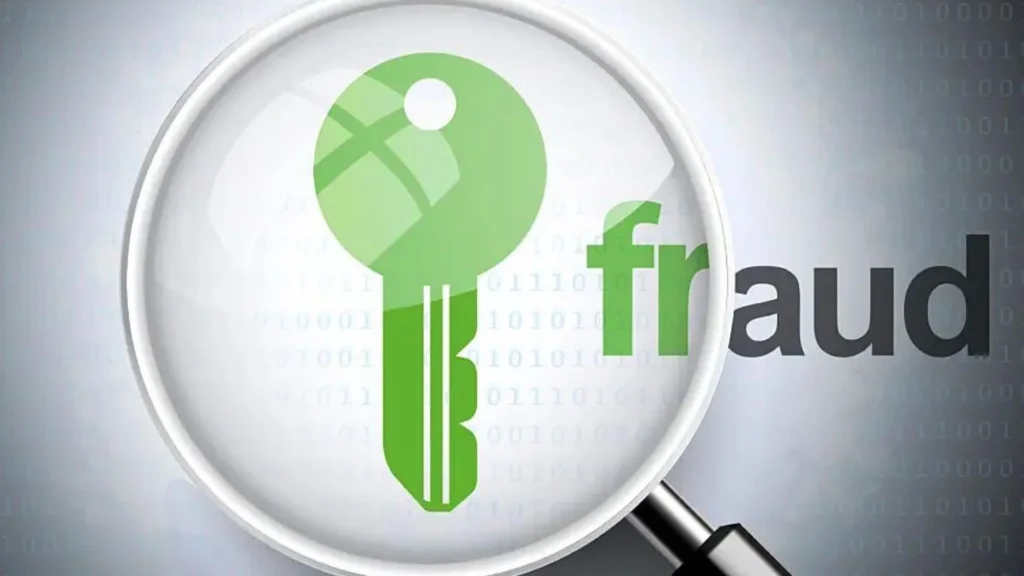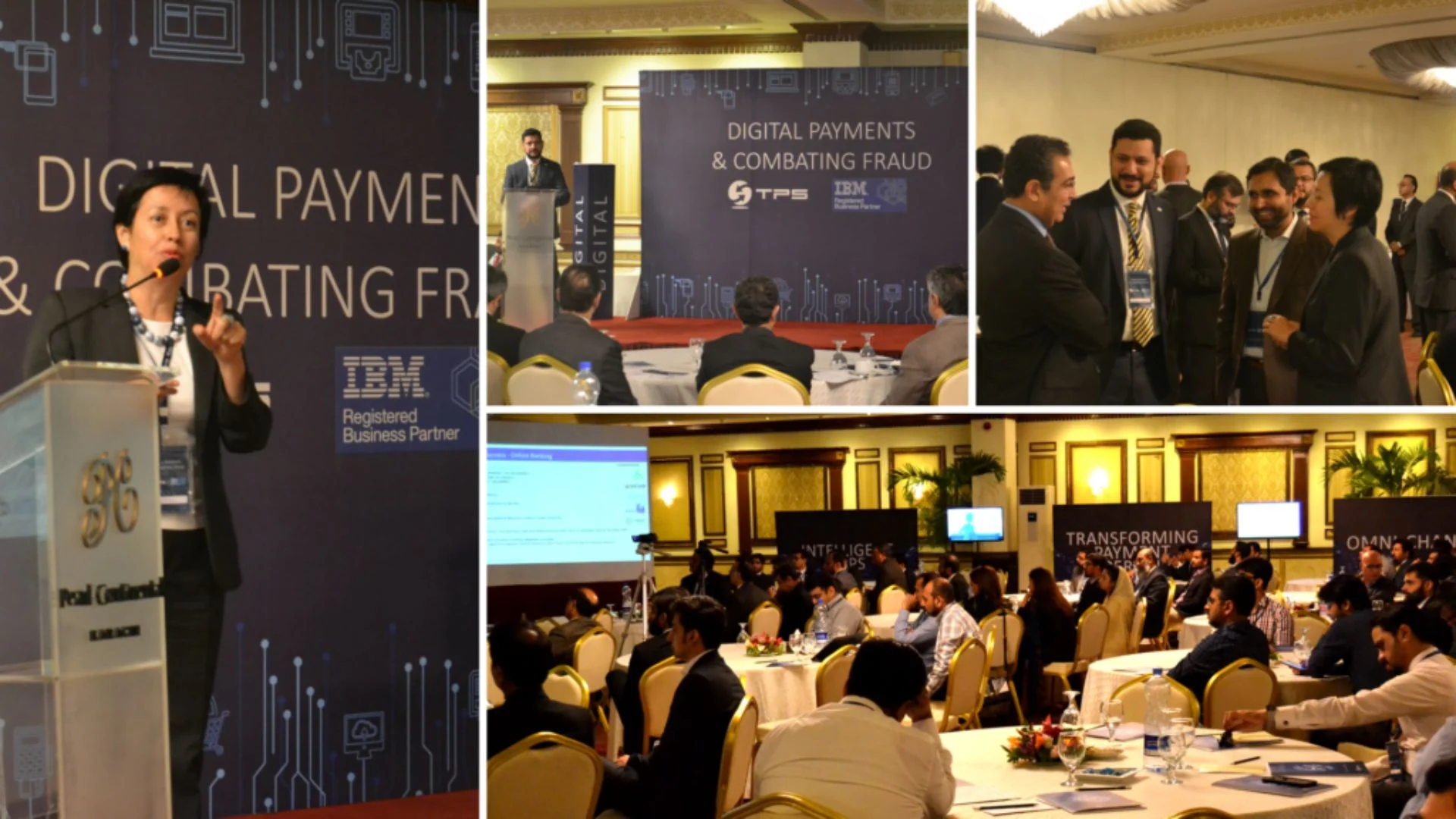IBM, the technology giant, has long been a target for fraudsters and cybercriminals seeking to exploit vulnerabilities within the organization. As a multinational corporation with a vast global reach, IBM faces a complex and constantly evolving fraud landscape that requires a comprehensive and proactive approach to risk management.
The company’s size, breadth of operations, and the sensitive nature of the information it handles make it an attractive target for those seeking to perpetrate financial fraud, data breaches, and other malicious activities. From internal employee fraud to sophisticated external attacks, IBM must be vigilant in identifying and mitigating the various fraud risks that threaten its operations, reputation, and stakeholder trust.
Assessing IBM’s Fraud Risk Exposure
To effectively manage fraud risk, IBM must first conduct a thorough assessment of its exposure across various areas of the business. This includes evaluating the potential for fraudulent activities such as:
- Financial Statement Fraud: Manipulating financial reporting to misrepresent the company’s true financial position and performance.
- Asset Misappropriation: Theft or misuse of IBM’s physical, financial, or intellectual assets by employees or third parties.
- Procurement and Vendor Fraud: Collusion with suppliers, inflated invoices, or the creation of fictitious vendors.
- Payroll and Human Resources Fraud: Unauthorized changes to employee records, ghost employees, or improper compensation claims.
- Cybercrime and Data Breaches: Unauthorized access to sensitive data, ransomware attacks, or the theft of intellectual property.
- Bribery and Corruption: Offering or accepting improper payments or other benefits to influence business decisions.
By thoroughly assessing the company’s fraud risk exposure, IBM can develop a comprehensive understanding of the threats it faces and prioritize the areas that require the most attention and resources.
Implementing Robust Internal Controls
One of the critical components of IBM’s fraud risk management strategy is the implementation of robust internal controls. These controls serve as the first line of defense against fraudulent activities and help to ensure the integrity of the company’s operations, financial reporting, and compliance with relevant laws and regulations.
IBM’s internal control framework should address key areas such as:
- Segregation of Duties: Ensuring that no single individual has the ability to complete a full transaction or process from start to finish.
- Authorization and Approval Processes: Implementing clear policies and procedures for approving financial transactions, procurement decisions, and other critical business activities.
- Access Controls: Restricting and monitoring access to sensitive data, systems, and physical assets based on the principle of least privilege.
- Reconciliation and Verification: Regularly reconciling financial accounts, verifying the accuracy of data, and investigating any discrepancies.
- Whistleblower Mechanisms: Providing secure and confidential channels for employees to report suspected fraudulent or unethical activities.
- Continuous Monitoring and Auditing: Regularly reviewing and testing the effectiveness of internal controls to identify and address any weaknesses or vulnerabilities.
By strengthening its internal control environment, IBM can significantly reduce the risk of fraud and increase the likelihood of early detection and prevention.
Enhancing Fraud Detection and Investigations
In addition to robust internal controls, IBM must also invest in advanced fraud detection and investigation capabilities. This includes the use of data analytics,
forensic accounting techniques, and specialized investigative resources to identify and respond to fraudulent activities.
Key elements of IBM’s fraud detection and investigation efforts may include:
- Data Analytics and Predictive Modeling: Leveraging advanced analytics and machine learning techniques to identify anomalies, patterns, and red flags within IBM’s financial and operational data.
- Forensic Accounting: Employing specialized forensic accounting skills and tools to thoroughly investigate suspected fraudulent activities and gather evidence.
- Dedicated Investigative Team: Maintaining a specialized team of fraud investigators, cyber forensics experts, and legal professionals to respond to and resolve fraud incidents.
- Collaboration with Law Enforcement:
Establishing strong relationships and protocols for collaborating with law enforcement agencies in the event of criminal activities. - Fraud Awareness and Training: Educating employees on fraud risks, indicators, and reporting mechanisms to enhance the company’s fraud detection capabilities.
- Continuous Improvement: Regularly reviewing and updating fraud detection and investigation processes to address evolving threats and leverage emerging technologies.
By enhancing its fraud detection and investigation capabilities, IBM can not only uncover and address existing fraud incidents but also gather valuable intelligence to proactively mitigate future risks.
Fostering a Culture of Integrity and Ethical Behavior
Ultimately, the success of IBM’s fraud risk management efforts relies heavily on the overall culture and ethical behavior of its employees. The company must cultivate a strong tone at the top that prioritizes integrity, transparency, and accountability throughout the organization.
Key elements of IBM’s approach to fostering a culture of integrity may include:
- Ethical Leadership: Ensuring that executives and managers set a clear example of ethical behavior and lead by example.
- Comprehensive Code of Conduct: Developing and enforcing a robust code of conduct that clearly outlines the company’s expectations and standards for ethical behavior.
- Ongoing Training and Communication: Providing regular training and communication to all employees on the importance of ethical behavior,
fraud awareness, and reporting mechanisms. - Reward and Recognition: Implementing a system that recognizes and rewards employees who demonstrate exemplary ethical conduct and contribute to the company’s
fraud risk management efforts. - Disciplinary Action: Establishing clear and consistent policies for addressing violations of the code of conduct, including appropriate disciplinary measures.
- Continuous Engagement: Regularly engaging with employees to assess the health of the company’s ethical culture and address any areas of concern.
By fostering a strong culture of integrity, IBM can empower its employees to be active participants in the company’s fraud risk management efforts, and help to create a more resilient and trusted organization.
Collaborating with External Stakeholders
Effective fraud risk management at IBM also requires collaboration and coordination with external stakeholders, including customers,
suppliers, regulators, and law enforcement agencies.
Key elements of IBM’s external collaboration efforts may include:
- Vendor Vetting and Due Diligence: Implementing robust processes for screening and monitoring third-party vendors, suppliers, and partners to identify and mitigate fraud risks.
- Customer Fraud Awareness: Educating customers on common fraud schemes and providing guidance on how to identify and report suspicious activities.
- Regulatory Compliance: Ensuring that IBM’s fraud risk management practices align with relevant laws, regulations,
and industry standards, and maintaining open communication with regulatory bodies. - Law Enforcement Partnerships: Establishing strong relationships and protocols for collaborating with law enforcement agencies in the event of suspected criminal activities.
- Information Sharing: Participating in industry forums,
threat intelligence sharing initiatives, and other collaborative efforts to stay informed about emerging fraud trends and best practices. - Proactive Communication: Maintaining transparent and proactive communication with external stakeholders to build trust and demonstrate the company’s commitment to fraud risk management.
By collaborating with external stakeholders, IBM can leverage shared knowledge,
resources, and expertise to enhance its overall fraud risk management capabilities and better protect the company, its customers, and its partners.

Continuous Improvement and Adaptation
Effective fraud risk management at IBM is an ongoing process
that requires continuous improvement and adaptation to address the evolving threat landscape.
The company must regularly review and update its fraud risk management strategies,
policies, and procedures to ensure they remain relevant and effective.
Key elements of IBM’s continuous improvement efforts may include:
- Periodic Risk Assessments: Conducting regular assessments of the company’s
fraud risk exposure to identify new and emerging threats, and adjust the fraud risk management approach accordingly. - Benchmarking and Best Practices: Engaging in industry benchmarking and monitoring best practices to identify opportunities for improvement and innovation.
- Technology Enhancements: Continuously evaluating and implementing new technologies, such as advanced analytics, automation, and artificial intelligence,
to enhance fraud detection and response capabilities. - Employee Feedback and Engagement: Actively seeking input and feedback from employees to identify areas for improvement and foster
a culture of continuous learning and improvement. - Incident Reviews and Lessons Learned:
Conducting thorough post-incident reviews to understand the root causes of fraud events, identify gaps in the company’s fraud risk management approach,
and implement corrective actions. - Agile and Adaptive Mindset: Cultivating an organizational mindset that embraces change,
encourages innovation, and enables the rapid deployment of new fraud risk management strategies and solutions.
By committing to continuous improvement and adaptation,
IBM can stay ahead of the evolving fraud landscape,
enhance the resilience of its fraud risk management practices, and maintain the trust and confidence of its stakeholders.
Conclusion
Embracing a Comprehensive Approach to Fraud Risk Management at IBM
As a global technology leader, IBM faces a complex and ever-
changing fraud landscape that requires a comprehensive and proactive approach to risk management. By understanding the diverse fraud risks the

